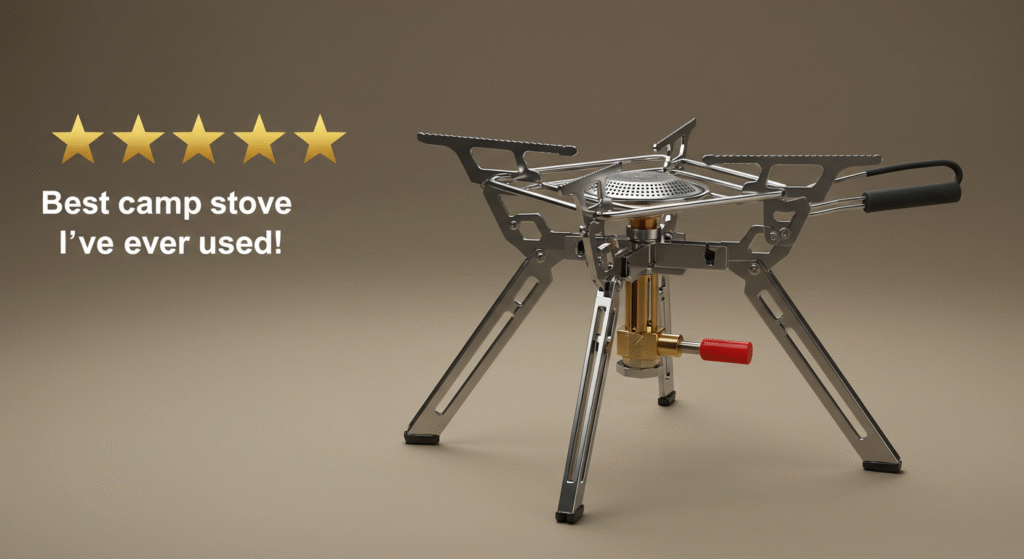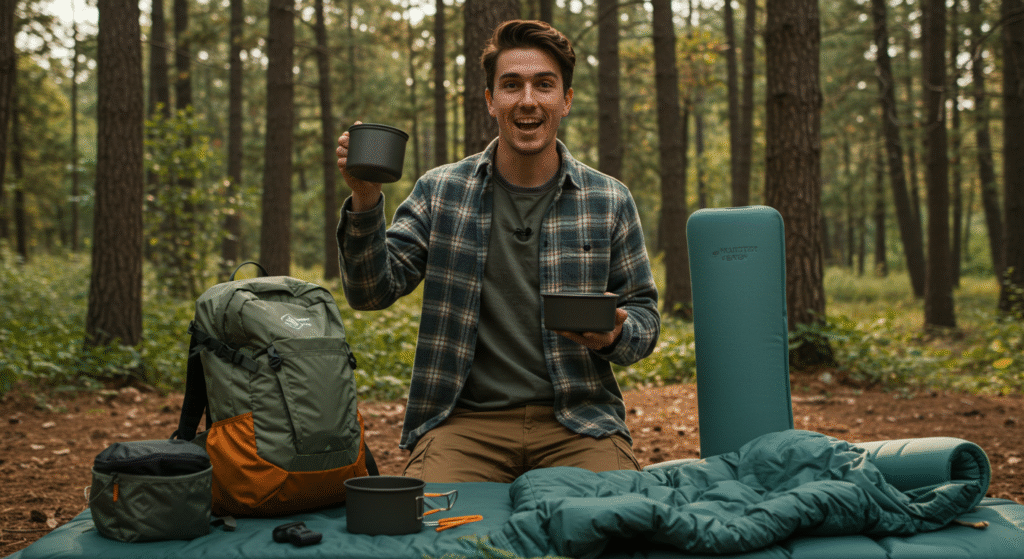Unveiling the Dark Secrets Behind Outdoor Gear Reviews and What You’re Actually Getting
Not All Gear Reviews Are Created Equal
You’ve finally saved up to buy that top-rated backpack you’ve seen raved about on countless websites and YouTube channels. The outdoor gear reviews were glowing, the specs sounded bulletproof, and the influencer on Instagram made it look like it could carry a week’s worth of gear with ease. But once you hit the trail, things don’t quite match up. The fit is off, the straps dig in, and those fancy features feel gimmicky. What happened?
Welcome to the murky world of outdoor gear reviews, where glowing praise often masks hidden agendas. In a market flooded with affiliate links, brand deals, and trendy endorsements, what you’re reading might be more marketing than honest critique. Let’s pull back the curtain and explore what’s really going on, and how you can make smarter decisions when choosing your next piece of gear.

The Business Behind Outdoor Gear Reviews
Many popular outdoor gear reviews are not purely objective assessments. They’re often part of a larger business strategy. Websites and bloggers frequently use affiliate links to earn a commission when readers purchase gear through their recommendations. While this practice isn’t inherently unethical, it creates a financial incentive to push products that convert well, not necessarily those that perform best.
Some reviewers receive free gear in exchange for exposure, and others are paid directly to feature certain brands. These relationships can compromise impartiality. You might notice language that seems overly generous, with phrases like “game-changer” or “the best I’ve ever used,” yet little to no mention of drawbacks or real-world limitations. Reviews like these often lack field-tested insight and fail to discuss how the gear performs over time.
Influencers and the Illusion of Experience
Social media has dramatically changed how outdoor gear is marketed. Influencers with sleek photos and impressive video production can make even mediocre products look desirable. But many of these influencers are not seasoned gear testers. Their glowing reviews are often based on brief use or unboxing impressions, rather than thorough testing in rugged conditions.
The aesthetic of a product becomes part of its selling point. A tent that looks great in a sunset shot might not hold up in a downpour. A sleek water bottle might leak under pressure. It’s easy to be seduced by visuals and storytelling, which are carefully crafted to sell a lifestyle more than a product.
The Review Trap — What You’re Really Getting
When you buy gear based on reviews, you’re often buying more than just the item. You’re buying into a marketing narrative. Many consumers don’t realize they are consuming content designed to sell, not inform. That stylish new hiking jacket might look amazing on your favorite creator, but does it actually keep you dry during a 10-mile rain-soaked hike?
Here are some common red flags to watch for in biased or shallow reviews:
- No mention of cons or weaknesses
- Repeated use of vague superlatives (e.g., “awesome,” “top-tier”)
- Lack of testing across different environments or conditions
- Reviews published shortly after receiving the product
- Disclaimers about “sponsored content” buried at the end
If a review feels more like an ad than a personal story of use, proceed with caution.

How to Spot a Trustworthy Outdoor Gear Review
Fortunately, not all hope is lost. There are many experienced outdoor enthusiasts and testers providing honest, balanced gear reviews. The key is knowing where and how to find them.
Start by checking whether the reviewer discloses their relationship with the brand. Authentic content creators are transparent about sponsorships or affiliate links and will still share downsides of products they promote. Look for long-term reviews or follow-up articles that address performance after months of use, not just the first impression.
Cross-reference multiple sources before making a decision. Community forums like Reddit’s r/Ultralight or r/CampingGear often provide honest opinions from everyday users. Sites like OutdoorGearLab perform side-by-side comparisons and emphasize hands-on testing.
Lastly, trust your gut. If something feels too good to be true or lacks real-world detail, it probably isn’t the full picture.
Take Back Control of Your Gear Choices
It’s easy to fall into the trap of trusting every polished review you come across. But the best gear for your adventure is the one that meets your actual needs, not the one trending on social media or sitting at the top of a blog’s affiliate list.
Stay skeptical, ask tough questions, and take time to research across diverse sources. The next time you’re about to click “add to cart,” pause and consider whether you’re buying a well-reviewed product or a well-marketed one. When you know what to look for, you’ll be better equipped, not just with gear, but with confidence in your choices.
